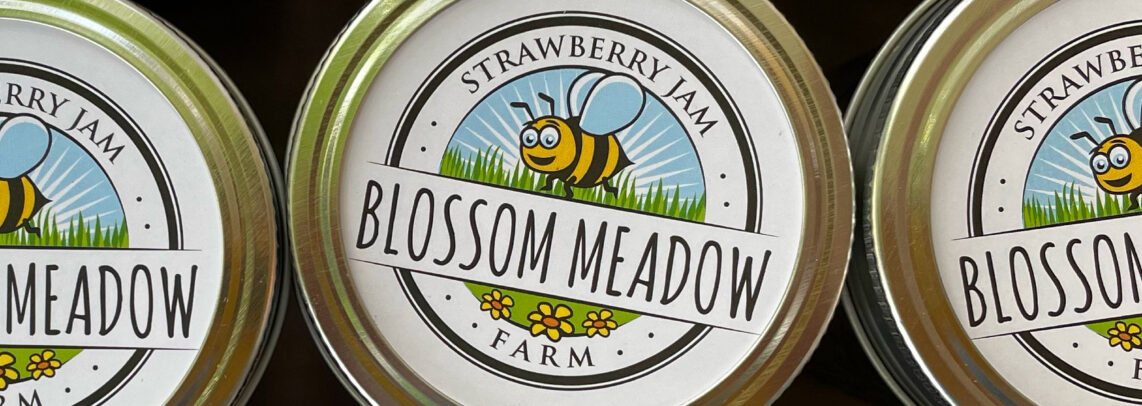We need to mitigate global pollinator decline by figuring out how to actively rear and manage lesser known and underappreciated pollinators so that farms and natural ecosystems can be sustained. Xylocopa is a promising taxa of cavity nesting bees. The Eastern Carpenter Bee (Xylocopa virginica) is found throughout the New England states to Kansas and south to Texas and Florida throughout the season. According to Keasar (2010), carpenter bees forage on a wide variety of food plants, have a long season of activity, tolerate high temperatures, are active under low illumination levels, and are capable of buzz pollination. These traits make them attractive candidates for pollination in greenhouses and night blooming crops (Keasar 2010). Carpenter bees are effective at pollinating agricultural crops including passionflower, blueberries, cotton, greenhouse tomatoes, and greenhouse melons. [note: honey bees cannot tolerate the high temperatures experienced in a greenhouse]
Eastern carpenter bees can nest solitarily or socially, and when social, females can form small groups of two to five females, although there can be as many as eight (Vickruck and Richards 2018). The females excavate tunnels in wood and lay their eggs within a series of small cells. Nests are costly to construct; a female that initiates nest construction may take up to a week to construct a nest with a single tunnel. As a result, most females try to breed in their natal nest or relocate to existing nests close by, usually in the same aggregation (Peso and Richards 2011). Eastern carpenter bees often reuse nests for many years (Vickruck and Miriam 2021).
Eastern carpenter bees overwinter as adults in their natal nests, emerging from hibernation in spring (April) to mate. Eastern carpenter bees have two foraging flight periods. The first phase is the nestmate provisioning phase (NPP) in which females bring back pollen to feed adult nestmates, as whether they become the dominant female or secondary female is yet to be determined– tertiary females do not leave the nest unless they are the last remaining female (Vickruck and Richards 2018). The second phase is the brood provisioning phase (BPP; 3-6 weeks) in which the dominant female collects nectar and pollen to provision a brood cell on which only she lays eggs. Secondary females may replace the primary forager if she declines in health or dies. During NPP and as late as BPP, secondary females often leave their natal nest to join neighboring nests or start her own. Brood provisioning ends in June/early July, after which adult females remain in their nests with developing brood. When the brood emerge as adults at the end of the summer (August), they may be fed by older adult females that leave the nests for a brief foraging phase or leave to feed themselves before returning to their natal nest. The newly emerged carpenter bees remain in their natal nests throughout the winter until the following spring.
Most females live one year, breeding in their first spring and summer following their birth in the fall. The exception are the tertiary females who do not forage in their first season and are able to overwinter a second time. Females have not been observed to forage in two consecutive years (Vickruck and Richards 2021).
Several studies document the substrate (e.g., pine) and moisture content of the wood in which carpenter bees prefer to live. Other publications detail best management practices for farms that would like to bolster their populations of carpenter bees, including moving logs with carpenter bee nests in them to the field in need of pollination. The most interesting concept that has shown good results is building rational rearing boxes. Similar to the setup of a Langstroth honey bee hive, one would hang pieces of wood from the top bar frames within the super. The super with the hanging pieces of wood inside would then be affixed to a stand 2.5 meters off the ground (see Freitas and Oliveira 2003; Oliviera and Freitas 2003)..
References
B. M. Freitas and J. H. Oliveira, “Rational nesting boxes for carpenter bees (Xylocopa frontalis) in the pollination of passionfruit (Passiflora edulis),” Ciência Rural, vol. 33, pp. 1135–1139, 2003.
J. H. Oliviera and B. M. Freitas, “Colonization and reproductive biology of carpenter bees (Xylocopa frontalis) in a model of rational nesting box,” Ciência Rural, vol. 33, pp. 693–697, 2003.
Peso, M., and Richards, M.H. (2011). Knowing who’s who: nestmate recognition in the facultatively social carpenter bee, Xylocopa virginica. Anim. Behav. 79, 563-570. Doi: 10.1016/j.anbehav.2009.11.010
Tamar Keasar, “Large Carpenter Bees as Agricultural Pollinators”, Psyche: A Journal of Entomology, vol. 2010, Article ID 927463, 7 pages, 2010. https://doi.org/10.1155/2010/927463
Vickruck, Jess & Richards, Miriam. (2021). Competition Drives Group Formation and Reduces Within Nest Relatedness in a Facultatively Social Carpenter Bee. Frontiers in Ecology and Evolution. 9. 10.3389/fevo.2021.738809.
Vickruck, J.L., and Richards, M.H. (2018). Linear dominance hierarchies and conditional reproductive strategies in a facultatively social carpenter bee. Insectes Soc. 65, 619-629.

